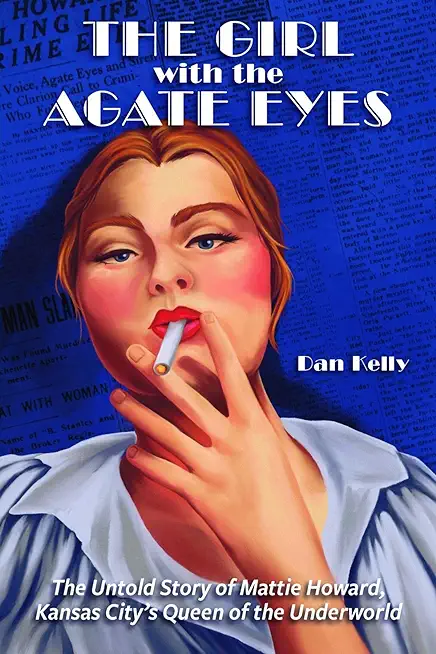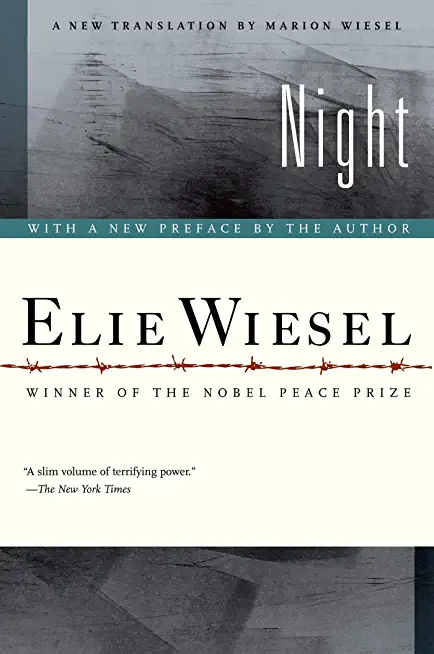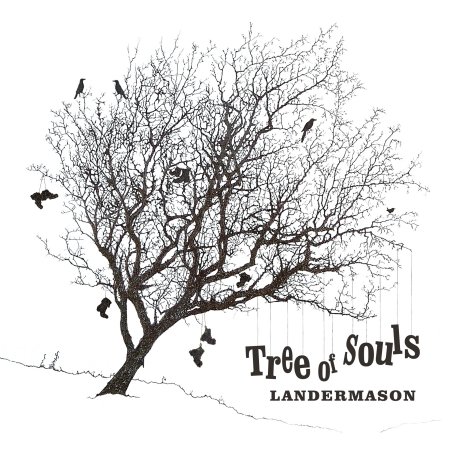
Kelly, Dan
At the dawn of the Roaring Twenties, a time when women could not yet vote, law enforcement officers considered Mattie Howard a criminal mastermind who not only associated with some of the Midwest's most notorious outlaws but was the brains behind their operations. Many of those outlaws, whose base of operations was the wide-open gangster haven of Kansas City, Missouri, met violent deaths.
Mattie became known as "Queen of the Underworld," "Queen of the Bandits," and the "Golden Girl," and she was described as "the most picturesque woman crook known to police of the Middle West" and "a cold-blooded murderess." But her most common sobriquet was "The Girl with the Agate Eyes."
Just a few years removed from spending most of her childhood in a convent, she was introduced to the U.S. public at the age of twenty-three when she was identified as a suspect in a Kansas City murder. The bloody body of Joe Morino, described as an "extremely wealthy" diamond broker and pawnshop operator, had been found in a downtown hotel. The police discovered in Morino's place of business a check for a hundred dollars from Mattie Howard, and they said a woman who matched her description had checked into the hotel with Morino.
That was enough for police to name her as a suspect. The problem was, they couldn't find her. So they issued a wanted circular, which was mailed to police forces around the country. It offered a $1,000 reward for her arrest.
From that point, her saga covered multiple states and included manhunts, shootouts, killings, murder trials, and love affairs, all within a three-year span. That period, from May 1918 to November 1921, is the focus of "The Girl with the Agate Eyes," which shines a light on the forgotten history of Mattie Howard.







